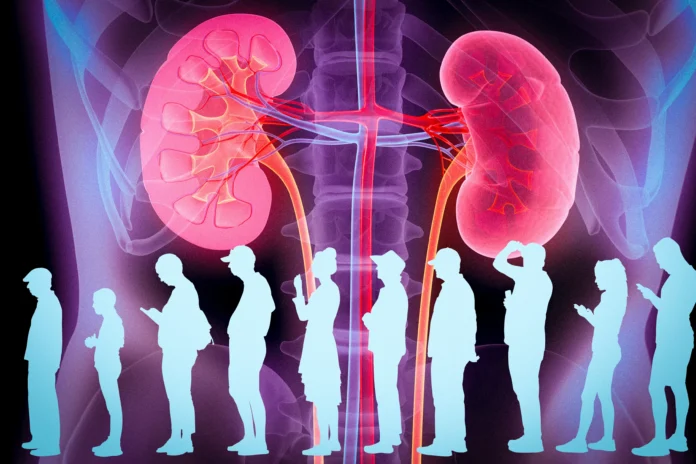A Comprehensive Study of the U.S. System: Analyzing Methods of Matching Donated Kidneys and Their Recipients
Organ transplantation has been a life-saving medical procedure for many individuals suffering from end-stage organ failure. Among the most commonly transplanted organs, the kidney is the most in-demand, with over 100,000 people currently on the waiting list in the United States alone. However, the supply of donated kidneys falls short of meeting this demand, resulting in a significant gap between the number of patients in need and the number of available organs. To address this issue, policymakers have been continuously exploring ways to improve the matching process between donated kidneys and their recipients. A comprehensive study of the U.S. system could provide valuable insights and help policymakers make informed decisions to bridge this gap.
The current system of kidney allocation in the U.S. is based on the United Network for Organ Sharing (UNOS) guidelines, which prioritize patients based on medical urgency, tissue compatibility, and time on the waiting list. While this system has been successful in increasing the number of transplants, it has also faced criticism for being inefficient and inequitable. For instance, the system does not take into account the quality of the donated kidney, which can significantly impact the success of the transplant. Moreover, the system does not consider the geographical location of the donor and recipient, leading to longer transportation times and increased risk of organ damage.
To address these shortcomings, policymakers have proposed various alternative methods of matching donated kidneys and their recipients. One such method is the Kidney Donor Profile Index (KDPI), which takes into account the quality of the donated kidney and matches it with recipients who have a similar life expectancy. This method has shown promising results in reducing the discard rate of kidneys and improving transplant outcomes. Another proposed method is the use of a geographic-based allocation system, which aims to reduce transportation time and increase the utilization of donated kidneys.
However, before implementing any changes to the current system, it is crucial to conduct a comprehensive study to evaluate the effectiveness and feasibility of these proposed methods. Such a study would involve analyzing data from previous transplants, including the success rates, waiting times, and geographical distribution of donors and recipients. It would also involve consulting with medical professionals, patients, and other stakeholders to understand their perspectives and concerns.
A comprehensive study of the U.S. system could also shed light on the disparities in access to kidney transplantation among different demographic groups. Studies have shown that minorities, particularly African Americans, are less likely to receive a kidney transplant compared to their white counterparts. This could be due to various factors, including socioeconomic status, access to healthcare, and cultural beliefs. By identifying these disparities, policymakers can develop targeted interventions to ensure equitable access to kidney transplantation for all individuals in need.
Moreover, a comprehensive study could also help policymakers address the ethical concerns surrounding kidney allocation. The current system has been criticized for prioritizing medical urgency over other factors, such as age and quality of life. By analyzing the data and consulting with experts, policymakers can develop a more ethical and transparent system that considers all relevant factors in the allocation process.
In conclusion, a comprehensive study of the U.S. system could provide valuable insights and help policymakers make informed decisions to improve the matching process between donated kidneys and their recipients. It could also help address the existing disparities and ethical concerns in kidney allocation. As the demand for kidney transplantation continues to rise, it is crucial to continuously evaluate and improve the system to ensure that every patient in need has a fair chance of receiving a life-saving transplant. Let us work together to bridge the gap between the supply and demand of donated kidneys and save more lives.

